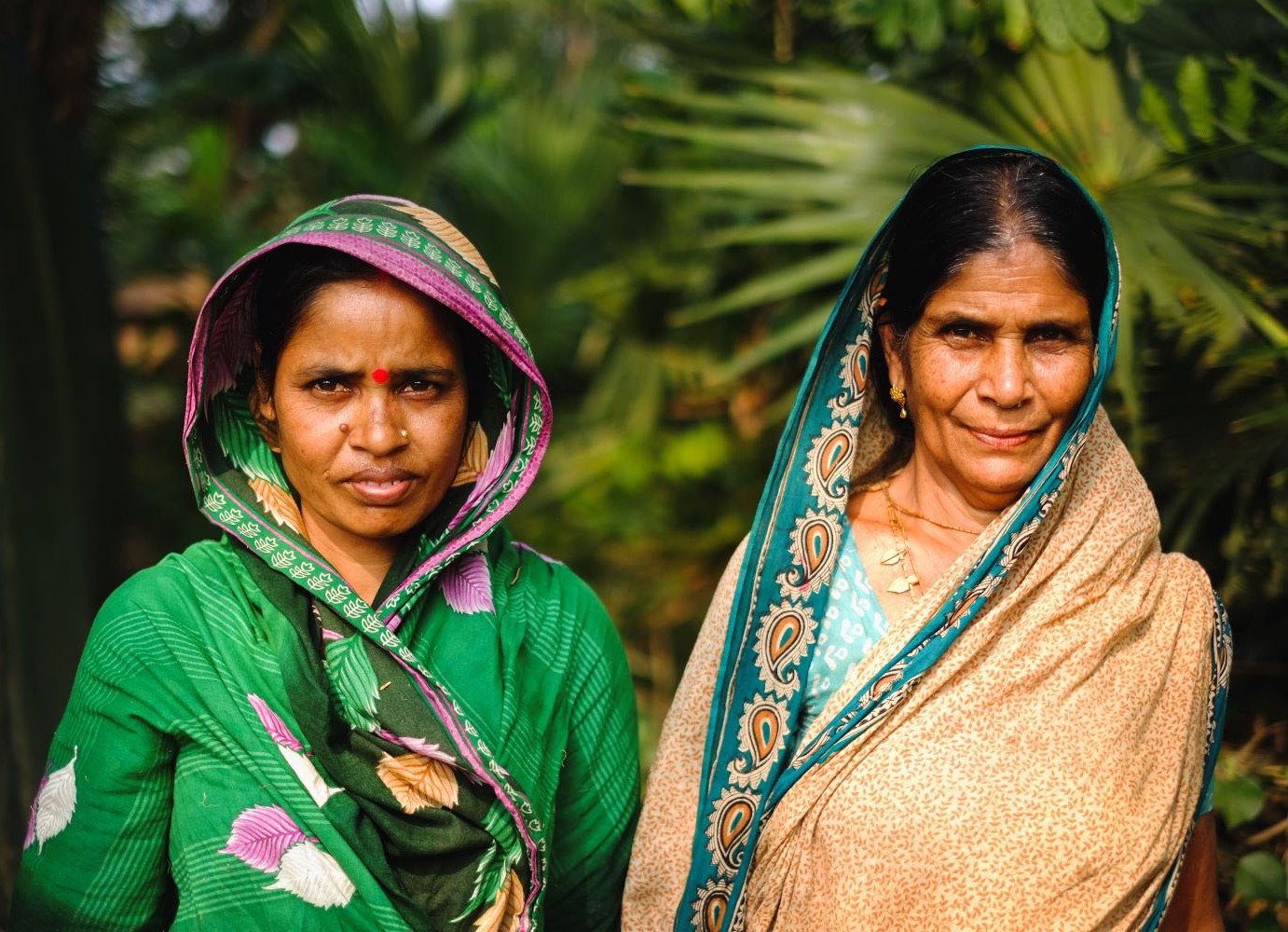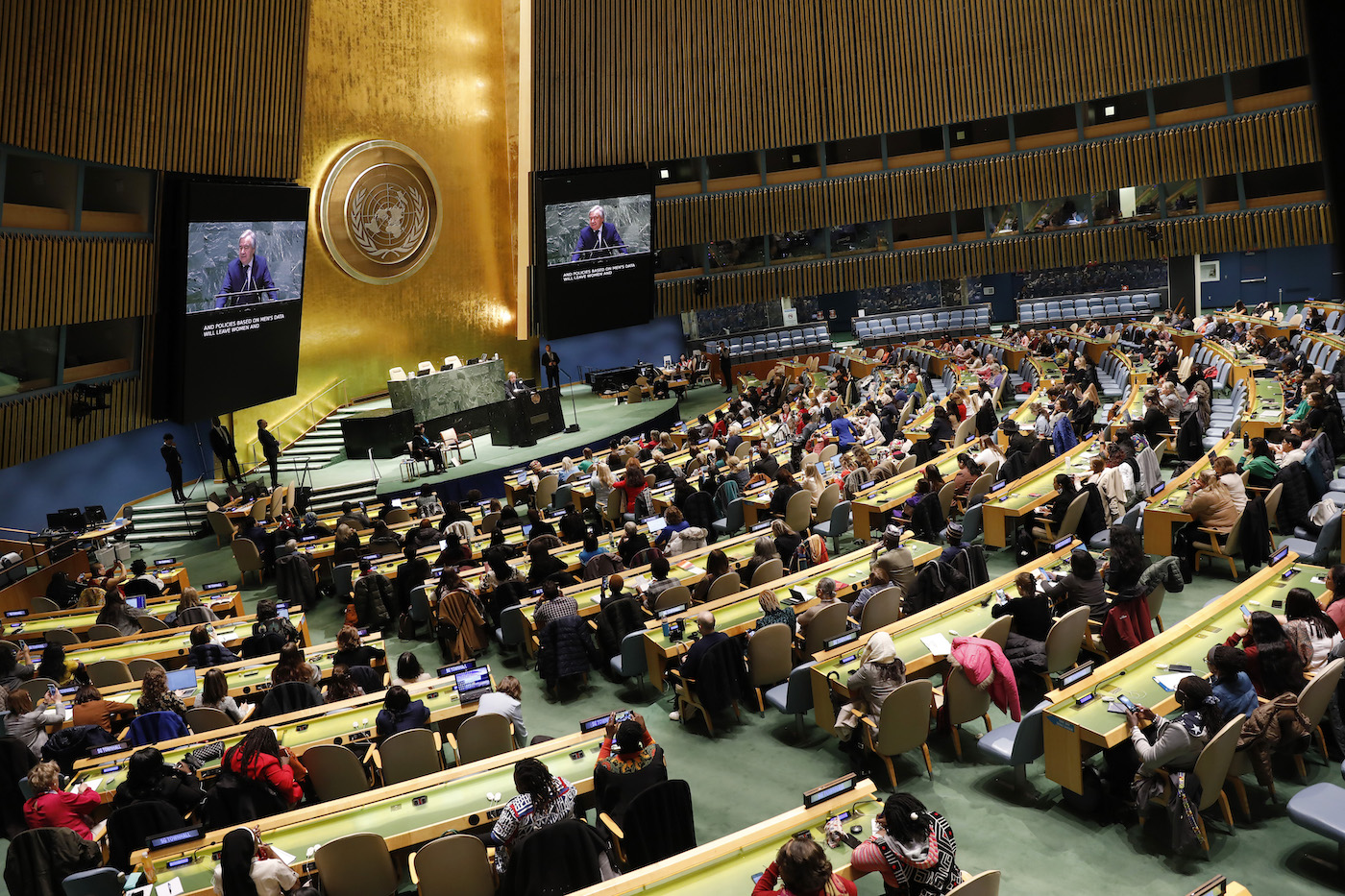The need and will to produce and use better data is clear in low-income countries: SDG-related data quality, completeness, availability, and use are woefully inadequate for policy and accountability purposes; data gaps and their costs have been estimated ($300 million additional per year); and governments and civil society in countries are committed to move forward as manifested in the Africa Data Consensus.
But the global response has yet to address these needs.
Instead, PARIS21 — an existing partnership that promotes the use and production of better statistics — reports today that aid for statistics actually dropped between 2011 and 2013, and that countries with the lowest statistical capacity receive less statistical aid per capita than countries with greater capacity.
The PARIS21 report also arrives as a new Global Partnership for Sustainable Development Data is launched at the UN General Assembly. The new partnership will serve as a venue to make and track commitments and share knowledge, a sort of Clinton Global Initiative for data.
Can the Global Partnership translate commitments to meet the needs and will for change in low-income countries themselves? I hope so, but I’m worried. The list of commitments raises some immediate questions.
Most commitments are siloed by each committer’s area of interest — only civil registration and vital statistics (CRVS), or only nutrition, or only vaccines, or only household surveys on poverty, for example. But how will these investments be made to work together at the country level, where limited capacity necessitates coordination? One of the main insights of CGD’s 2014 report on data in African countries was that the fragmentation and incoherence of external support to statistics was a major stumbling block to improving statistical systems and their capacity to collect, analyze, and disseminate data. The current financing approach appears to further this problem rather than address it.
There are commitments to more knowledge-sharing platforms, collaboratives, secretariats, summits, and the like. But how will these help low-income countries invest to meet their data-related needs, and how are they related to National Statistical Development Strategies? There are commitments to publish more data, similar to the already well-established Open Government Partnership commitments, so how does this new partnership add value?
Tracking commitments may also raise some challenges. For example, take one commitment under the Global Partnership: “Together with our analytics partner, LeapYear, Bretton Woods II will deploy groundbreaking privacy technology called Shroudbase to harness insights from data that was previously off limits due to concerns about trade secrets and confidentiality. Bretton Woods II will pair this technology with LeapYear’s advanced analytics platform to help shape institutional investments in development at a global scale.” Sounds cool, but what exactly are we talking about here? And how would this be tracked?
I share the enthusiasm for a renewed focus on data in the context of the Global Goals, and for the partnership’s ideals and energy, so I’ll look forward to a clearer vision and agenda on how to make the Global Partnership work for low-income countries’ data priorities and needs.
CGD blog posts reflect the views of the authors, drawing on prior research and experience in their areas of expertise.
CGD is a nonpartisan, independent organization and does not take institutional positions.





